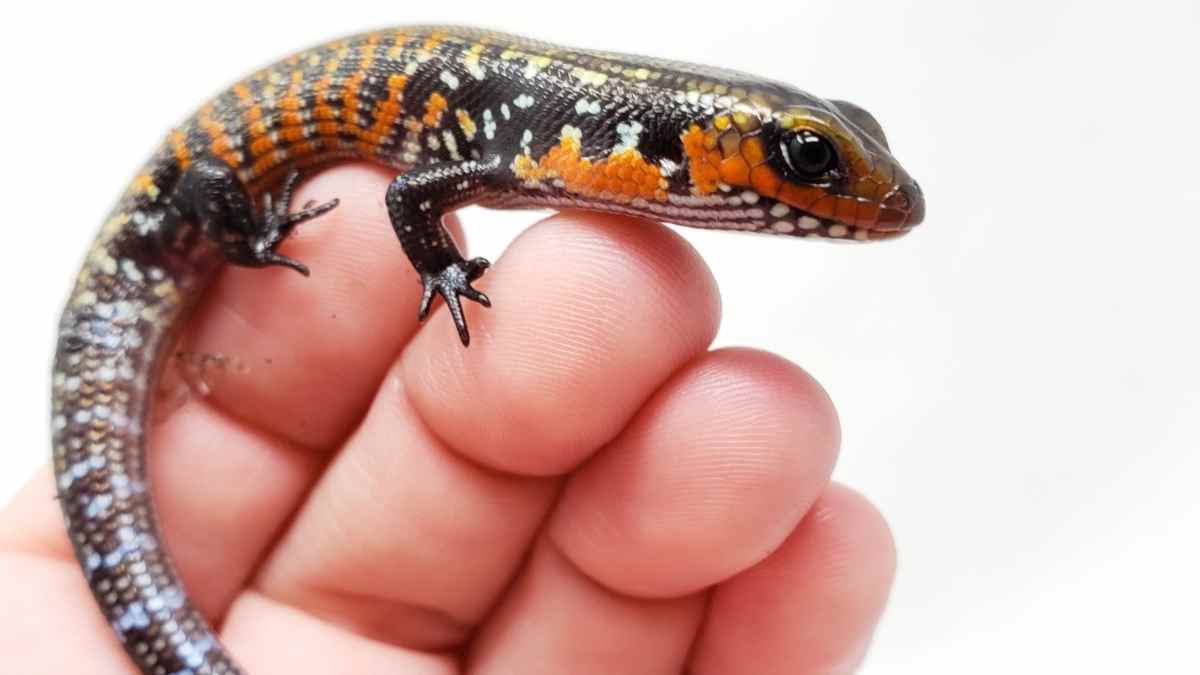
African Fire Skink – A Short Guide!
Overview
Scientific Name: Mochlus fernandi
Common Name: African Fire Skink (Togo Fire Skink)
Average Lifespan: 15-20 years
Average Size: Up to 15 inches
Preferred Temperature: Daytime for basking: 90-96°F, with a cool side temp of around 85°F. Nighttime can drop to around 72°F.
What is a African Fire Skink?
The African fire skink is a type of lizard native to Africa. They are also known as the Togo Fire Skink. These lizards get their name from their bright red eyes and the fact that they are often found near water sources such as rivers and lakes.
African fire skinks make great pets for reptile enthusiasts of all experience levels. They are relatively easy to care for and are generally hardy lizards that can thrive in many conditions. African fire skinks are also relatively long-lived, with some individuals living in captivity for 20 years. If you are considering adding an African fire skink to your home, be sure to do your research to ensure that you can provide proper care for your new pet.
-

Beaded Dragon Fan Exclusive: ‘Original Hipster’ T-Shirt – Wear Your Unique Style with Pride – Unisex t-shirt
£13.00 – £20.50 Select options This product has multiple variants. The options may be chosen on the product page -

Chinese Water Dragon Aquatic Mastery Tee: Dive into Elegance with Our Exclusive Reptile Enthusiast Shirt – Unisex t-shirt
£13.00 – £20.50 Select options This product has multiple variants. The options may be chosen on the product page
What does an African Fire Skink look like?
African fire skinks are relatively small lizards, with adults reaching average lengths of about 8-10 inches (max 15 inches). They are brightly colored, with a base coloration typically orange, red, or yellow, and patterns that may be striped, spotted, or mottled.
These lizards are also known for their long tails, making up more than half of their total length. African fire skinks are quite active and can often be seen running or climbing around their enclosure.
What do they eat in the wild?
Insects
Where are they from?
West Africa
Central Africa
